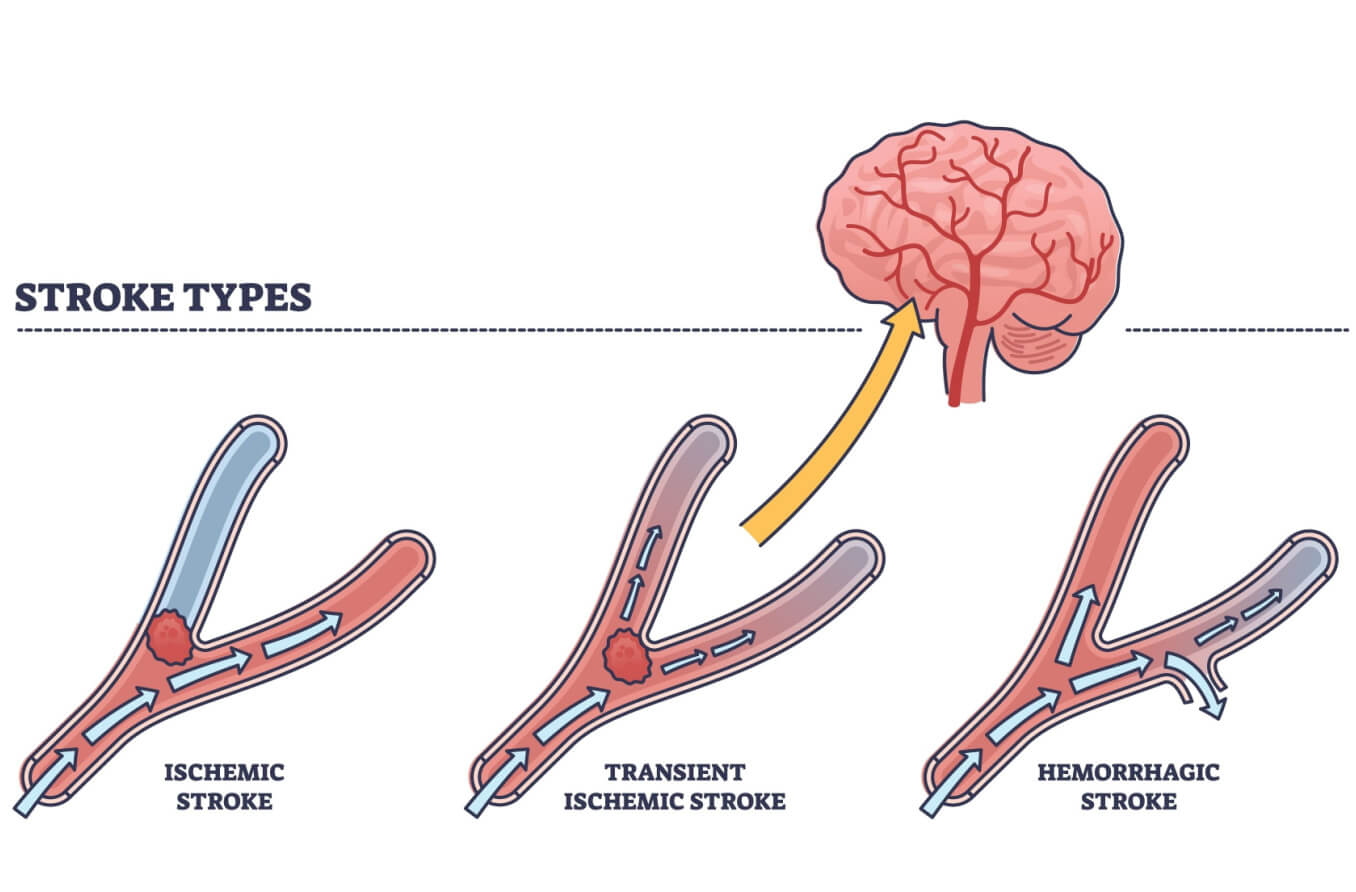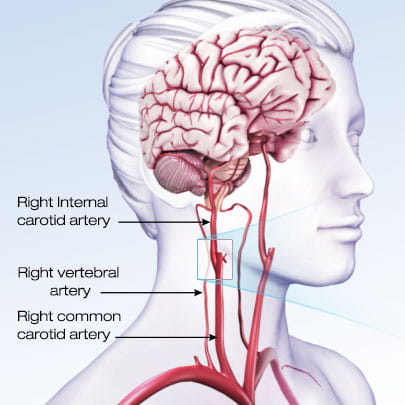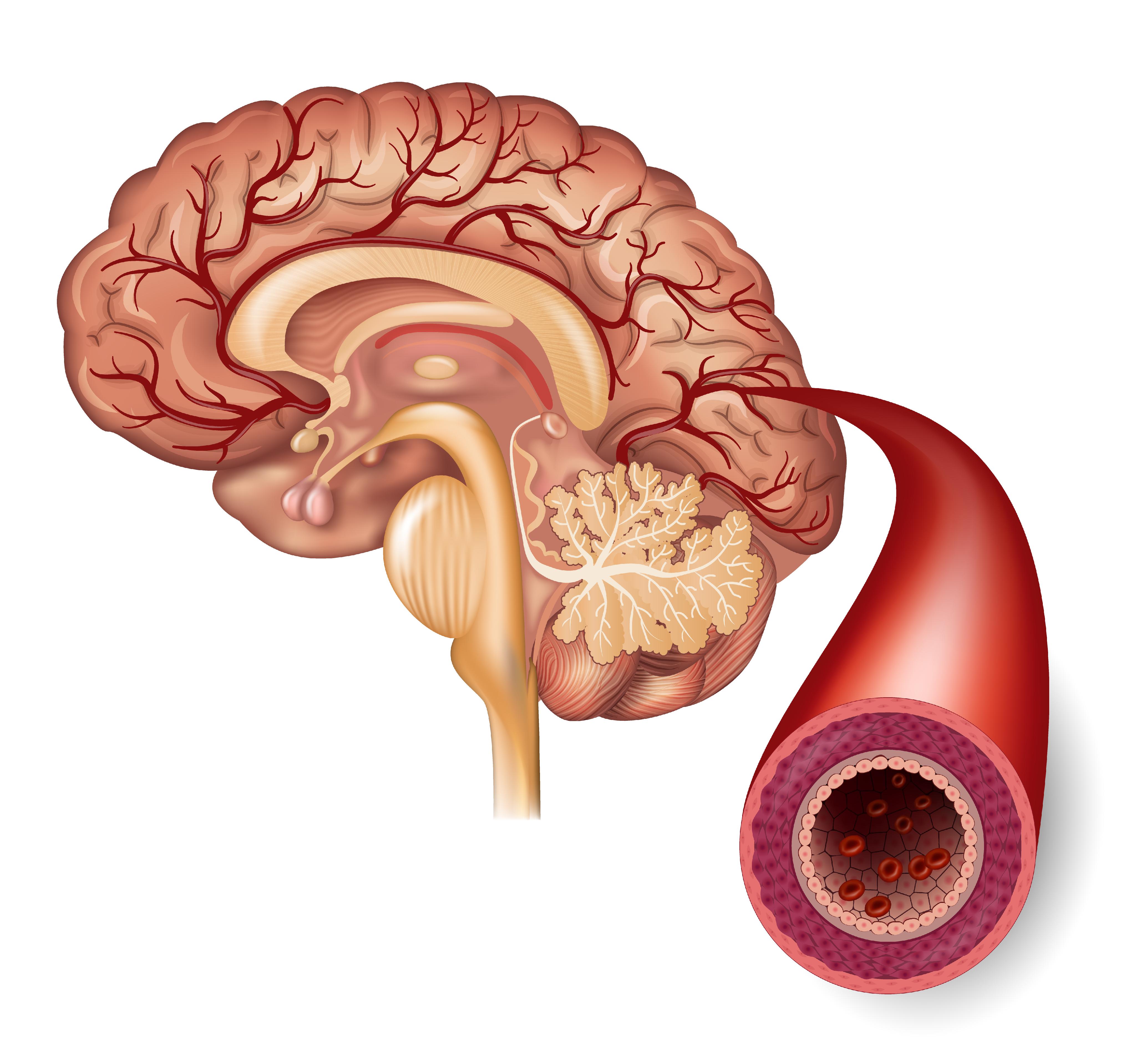Tia Mowry Death Cause: Clearing Up Misinformation And Understanding TIA
There's been a lot of chatter online, and it's almost understandable how confusion can spread so quickly, especially when names sound similar. You might have seen searches for "Tia Mowry death cause" pop up, and it's important to set the record straight right away. To be honest, Tia Mowry, the beloved actress we all know from shows like "Sister, Sister," is very much alive and, by all accounts, doing well. She's active on social media, sharing moments from her life, and seems to be thriving. So, any rumors about her passing are simply not true, which is a relief for her many fans, you know?
The mix-up, in a way, seems to stem from a common medical term: TIA, which stands for Transient Ischemic Attack. This medical condition, TIA, can sound a lot like the actress's first name, Tia. It's easy to see how someone might connect the two, especially if they're quickly scanning headlines or search results. But rest assured, there's no connection between the actress Tia Mowry and the medical condition TIA in this context of a "death cause."
Our goal here is to clear up any misunderstandings about Tia Mowry's well-being and, at the same time, provide some really important information about what a Transient Ischemic Attack (TIA) actually is. Because, as a matter of fact, understanding TIA is incredibly vital for everyone, since its symptoms are very serious and need immediate attention. We'll explore what a TIA involves, why it happens, and what steps to take if you or someone you know experiences its signs, so it's quite an important topic, really.
Table of Contents
- About Tia Mowry: The Celebrity
- Understanding Transient Ischemic Attack (TIA)
- Frequently Asked Questions (FAQs)
- Seeking Medical Attention for TIA Symptoms
About Tia Mowry: The Celebrity
Let's just take a moment to talk about Tia Mowry, the person behind the search queries, because she's quite a significant figure in entertainment. She's an American actress, producer, and singer who gained widespread recognition alongside her twin sister, Tamera Mowry, in the popular 1990s sitcom "Sister, Sister." That show, you know, really launched them into stardom and made them household names. After that, she continued her acting career, appearing in various television shows and films, pretty consistently.
Beyond her acting roles, Tia has also ventured into reality television, culinary arts, and even authored books. She's known for her vibrant personality and her commitment to healthy living, often sharing her wellness journey with her followers. Her presence in the public eye is very much ongoing, which makes any rumors of her passing particularly surprising and, frankly, untrue. She's a very active public figure, still making new projects, it seems.
Personal Details and Bio Data
| Category | Details |
|---|---|
| Full Name | Tia Dashon Mowry-Hardrict |
| Date of Birth | July 6, 1978 |
| Age (as of current date) | 45 years old (as of June 2024) |
| Place of Birth | Gelnhausen, West Germany |
| Nationality | American |
| Occupation | Actress, Producer, Singer, Author |
| Known For | "Sister, Sister," "The Game," "Family Reunion" |
| Marital Status | Divorced |
| Children | 2 |
Understanding Transient Ischemic Attack (TIA)
Now that we've cleared up the confusion surrounding Tia Mowry, let's turn our attention to the medical term that likely caused the mix-up: Transient Ischemic Attack, or TIA. This is a topic of real importance, because recognizing a TIA can be life-saving. It's often called a "mini-stroke," but that term can be a bit misleading because while the symptoms are similar to a stroke, they usually don't cause lasting damage. However, a TIA is a serious warning sign that should never be ignored, so it's really vital to understand it.
What is a TIA?
A transient ischemic attack (TIA), in simple terms, is a short period of symptoms similar to those of a stroke. It's caused by a brief blockage of blood flow to the brain. This blockage, you know, prevents oxygen and nutrients from reaching a part of the brain for a short time. Unlike a full stroke, where the blockage lasts longer and causes permanent brain damage, a TIA usually lasts only a few minutes, and often, the symptoms go away completely within an hour. It typically doesn't cause long-term damage, but that doesn't make it any less serious as a warning, does it?
The key difference, then, between a TIA and a regular stroke, is that with a TIA, the blockage is temporary. The blood flow is restored before any lasting harm occurs to the brain tissue. However, this doesn't mean you can just brush it off. A TIA is a very strong signal that you are at a higher risk of having a full stroke in the future. In fact, approximately 1 of every 3 people who have a transient ischemic attack will, at some point, have a full stroke. So, it's a critical moment for intervention, actually.
Symptoms of a TIA
Since the symptoms of TIA and stroke are the same, if you experience any of these symptoms, you must seek medical attention right away. You really can't wait to see if they go away, because distinguishing between a TIA and a full stroke isn't something you can do on your own. These symptoms appear suddenly and can vary depending on which part of the brain is affected by the temporary lack of blood flow. It's important to remember the acronym FAST to help identify stroke or TIA symptoms, you know?
- F - Face drooping: One side of the face might droop or feel numb. When the person tries to smile, their smile might be uneven.
- A - Arm weakness: One arm might feel weak or numb. If the person tries to raise both arms, one arm might drift downward.
- S - Speech difficulty: The person's speech might be slurred, or they might have trouble speaking or understanding speech. They might seem confused.
- T - Time to call emergency services: If you see any of these signs, even if they go away, call for emergency medical help immediately.
Other symptoms that might occur, though less commonly, include sudden numbness or weakness in the leg, sudden confusion, trouble seeing in one or both eyes, sudden trouble walking, dizziness, or loss of balance or coordination, and a sudden, severe headache with no known cause. Any of these signs, you know, are reason enough to get help quickly.
Causes of a TIA
A TIA happens because of a brief blockage of blood flow to the brain, and there are several reasons why this might occur. The most common cause is a blood clot that temporarily blocks an artery supplying blood to the brain. These clots often form in other parts of the body, like the heart, and travel to the brain. They can also form in arteries that are already narrowed, such as the carotid arteries, which deliver blood to the brain and head. Carotid artery disease, for instance, occurs when fatty deposits, called plaques, clog these blood vessels. This narrowing can make it easier for clots to form or for pieces of plaque to break off and travel to the brain, which is a pretty serious issue.
Other risk factors and underlying conditions that can contribute to a TIA include high blood pressure, high cholesterol, diabetes, and smoking. Heart conditions like atrial fibrillation, which causes an irregular heartbeat, can also increase the risk of blood clots forming. Sometimes, if the cause of TIA is a narrowing of the blood vessels in the head, medical professionals might suggest specific interventions. If there's a severe blockage in a large artery, they might even prescribe medications like cilostazol in addition to aspirin or clopidogrel, which is a bit more involved.
Diagnosis and Tests for TIA
When someone experiences symptoms suggestive of a TIA, getting a quick and accurate diagnosis is incredibly important. Medical professionals will perform various tests to determine the cause of the TIA and to assess the risk of a future stroke. You may have tests such as magnetic resonance imaging (MRI) of the brain, which can show areas of the brain that might have been affected, even if the symptoms were temporary. Other tests might include a CT scan, which can also provide images of the brain, and an ultrasound of the carotid arteries to check for narrowing or blockages, which is very common.
Doctors might also perform an echocardiogram to check for blood clots in the heart or an angiogram to get a more detailed view of the blood vessels in the brain and neck. Blood tests are also usually done to check for conditions like high cholesterol, diabetes, or blood clotting disorders. The goal, essentially, is to pinpoint why the TIA happened so that appropriate preventive measures can be put in place. They're really trying to find the root cause, you know?
Treatment and Management of TIA
Treatment for a TIA focuses on preventing a future stroke, which is the main concern after a TIA. This often involves managing underlying risk factors and, in some cases, medication or procedures. For instance, doctors might prescribe antiplatelet drugs, such as aspirin or clopidogrel, to prevent blood clots from forming. If the cause is a severe blockage in a large artery, they might even consider adding cilostazol, as mentioned earlier, which is a bit more specific.
Lifestyle changes are also a very big part of managing TIA risk. This includes things like adopting a healthy diet, getting regular physical activity, maintaining a healthy weight, quitting smoking, and managing conditions like high blood pressure and diabetes. In some situations, if the carotid arteries are severely narrowed, a medical professional might suggest a procedure called carotid endarterectomy to remove the plaque, or carotid angioplasty and stenting to open up the narrowed artery. These interventions are quite serious, but they can significantly reduce the risk of a stroke, so they're often considered.
Living with TIA and Support
Living with transient ischemic attack (TIA) means making some significant changes to your daily life and staying vigilant about your health. It's a wake-up call, really, and it means you need to be proactive about preventing a full stroke. This involves consistently taking prescribed medications, regularly monitoring your blood pressure and blood sugar if applicable, and sticking to those healthy lifestyle habits we talked about. It's a bit of a commitment, but it's incredibly worth it for your long-term health, obviously.
For many people, connecting with others who have gone through similar experiences can be incredibly helpful. You can connect with others like you for support and answers to your questions in patient communities. For instance, on Mayo Clinic Connect, there are support groups specifically for stroke and cerebrovascular diseases, where people share their stories and offer encouragement. This kind of community can provide a lot of emotional support and practical advice, which is pretty invaluable. Learning from others' experiences, you know, can make a big difference in how you cope and manage your health moving forward. You can learn more about stroke prevention on our site, and also find more resources about recovering from a TIA here.
Frequently Asked Questions (FAQs)
People often have a lot of questions about TIA, especially when they first hear about it or experience symptoms. Here are some common ones:
Q: What's the difference between a mini-stroke and a normal stroke?
A: When people use the term mini-stroke, they're usually referring to a Transient Ischemic Attack (TIA). The main difference is that a TIA involves a temporary blockage of blood flow to the brain, and the symptoms usually resolve quickly, often within minutes to an hour, without causing permanent brain damage. A normal stroke, on the other hand, involves a longer blockage that results in permanent damage to brain tissue. Both are serious medical emergencies, but a TIA is a strong warning sign of a future stroke, so it's really important to get checked out right away, you know?
Q: Can a TIA cause memory loss?
A: While a TIA itself typically doesn't cause long-term damage, including permanent memory loss, some people might experience temporary confusion or disorientation during the TIA episode. There's also a condition called transient global amnesia, which is an episode of confusion that comes on suddenly in a person who is otherwise alert. This confused state isn't caused by a more common stroke or TIA, but it can be very frightening. If you experience sudden memory issues, it's always best to seek medical advice, just to be safe.
Q: Is a TIA always a warning sign for a future stroke?
A: Yes, absolutely. A TIA is considered a very serious warning sign. Approximately 1 out of every 3 people who have a transient ischemic attack will, at some point, have a stroke. This is why immediate medical evaluation after a TIA is so critical. It allows doctors to identify the cause and implement preventive measures to significantly reduce the risk of a full-blown stroke. So, it's really not something to take lightly, is it?
Seeking Medical Attention for TIA Symptoms
The most important takeaway from all this is that if you or someone you're with experiences any symptoms similar to those of a stroke, even if they seem to go away quickly, you must seek medical attention right away. Don't wait. Call for emergency medical help immediately. This is because, as a matter of fact, you can't tell if it's a TIA or a full stroke without medical evaluation, and time is incredibly important when it comes to brain health. Acting fast can make all the difference in preventing serious, lasting damage. It's a very time-sensitive situation, really.
Understanding what a TIA is, its symptoms, and the urgency of seeking help is vital for everyone. While we've cleared up the confusion about Tia Mowry, it's clear that the medical term TIA is something everyone should be aware of for their own well-being. Knowing the signs and acting quickly can save lives and prevent long-term disability, which is pretty significant.

TIA (Transient Ischemic Attack): Symptoms Treatment, 58% OFF

Transient Ischemic Attack (TIA) | American Stroke Association

Transient Ischemic Attack | TIA | Mini-stroke| MedlinePlus